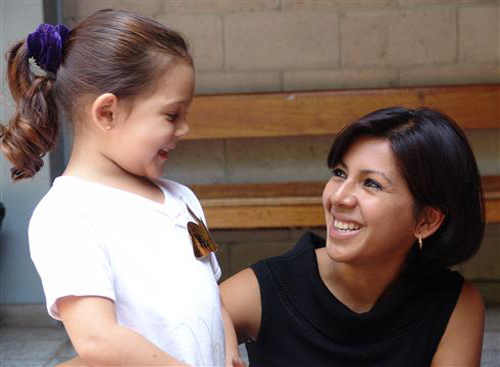Meditation for Peace
Our Relationships: Six Directions

That is why we need to have friends or connect to others.
Everyone knows that all are in the same cycle of existence (birth, oldage, sickness, and death). Even if we are strangers, we are friends in the same world. Buddha classified people by their relationships, as represented by the six directions. We are defined by our relationships. Certainly, it is not possible that a person will be able to perform well and improve without having friends, family, or teams in society. Children need parents to take care of them when they are young. Students need teachers to teach in their stages of development. We need colleagues or teams in our work places in order to perform our jobs well. We can conclude that we need to connect with other people. We can also count those people with whom we connect as friends. That is why we need to have friends or connect to others.

Children need parents to take care of them when they are young.
The six directions indicate how a dutiful person can live up to the relationships we have with different sectors of society.
Duties are more important than what our hearts want. However, if you can make your heart want the same things that your duties are, then you don’t have to break your heart.

Students need teachers to teach in their stages of development.
The six directions determine our destinies, and right understanding is the most important beginning. We are the major influences on children. They are still young, and it is easy for us to raise them with good characteristics.
People relate to one another in six directions: 1) Parents-Children 2) Teachers-Students 3) Husbands-Wives 4) Friends-Friends 5) Employers-Employees, and 6) Monks-Followers. The six directions are described in detail in the twelve following chapters.










